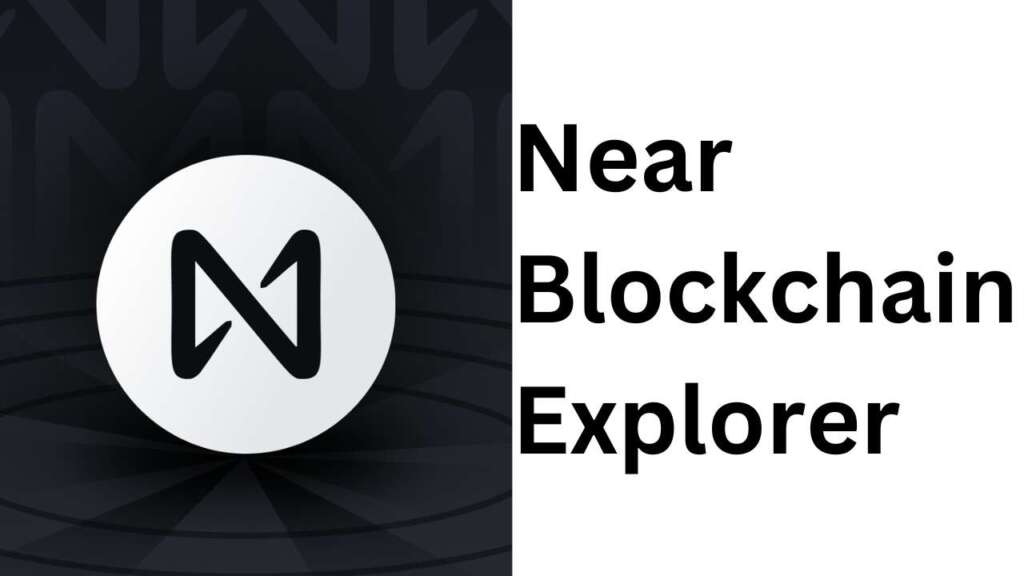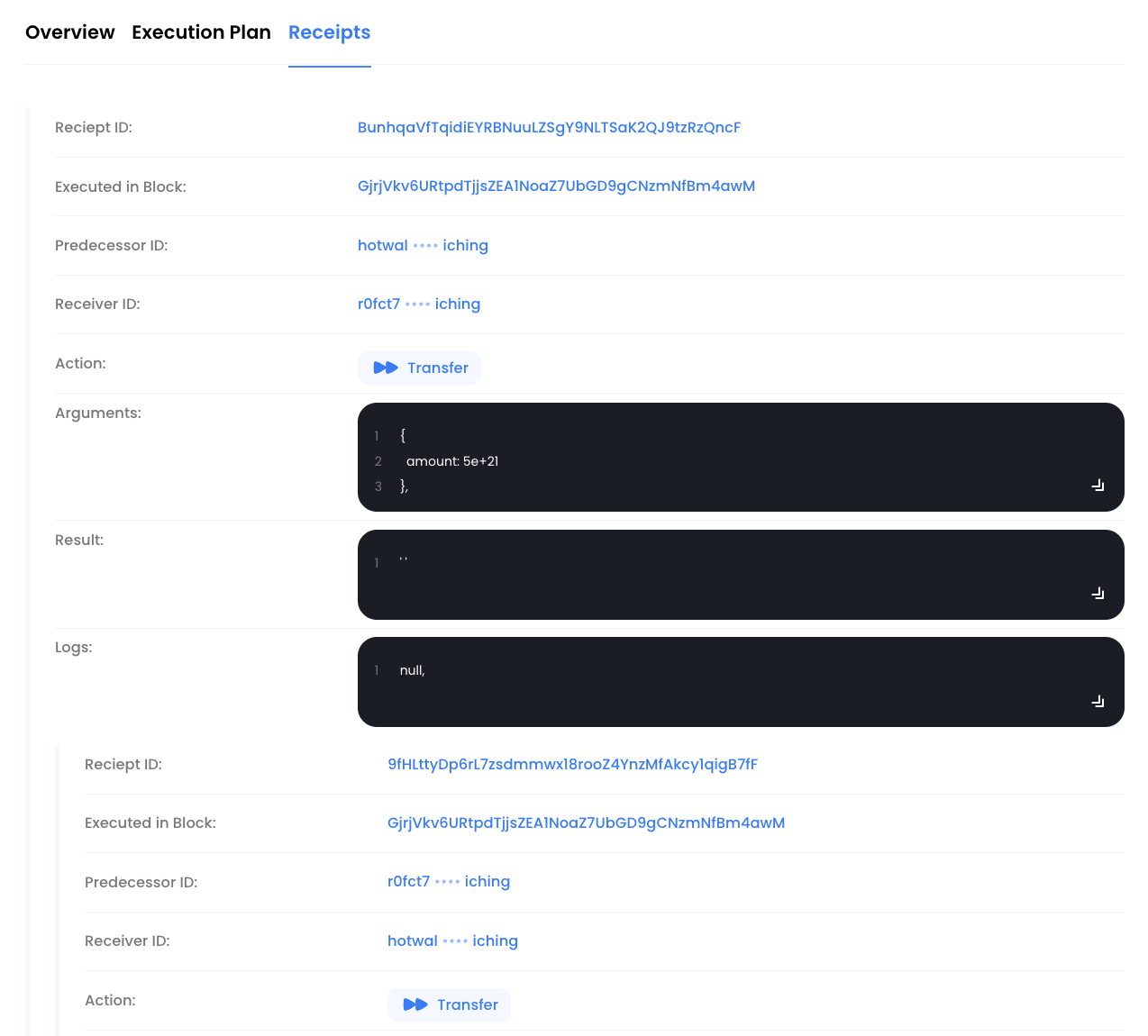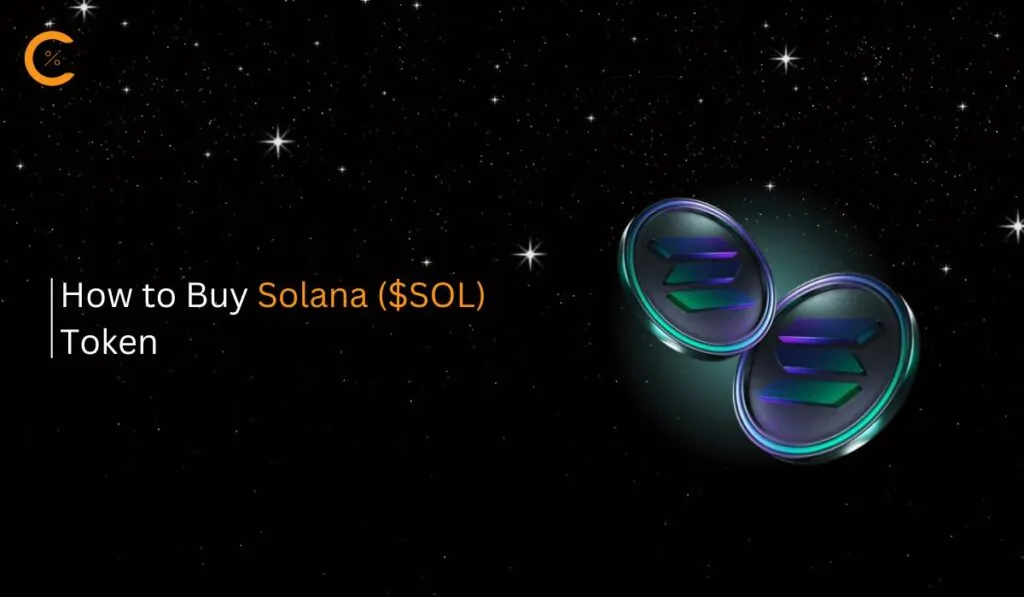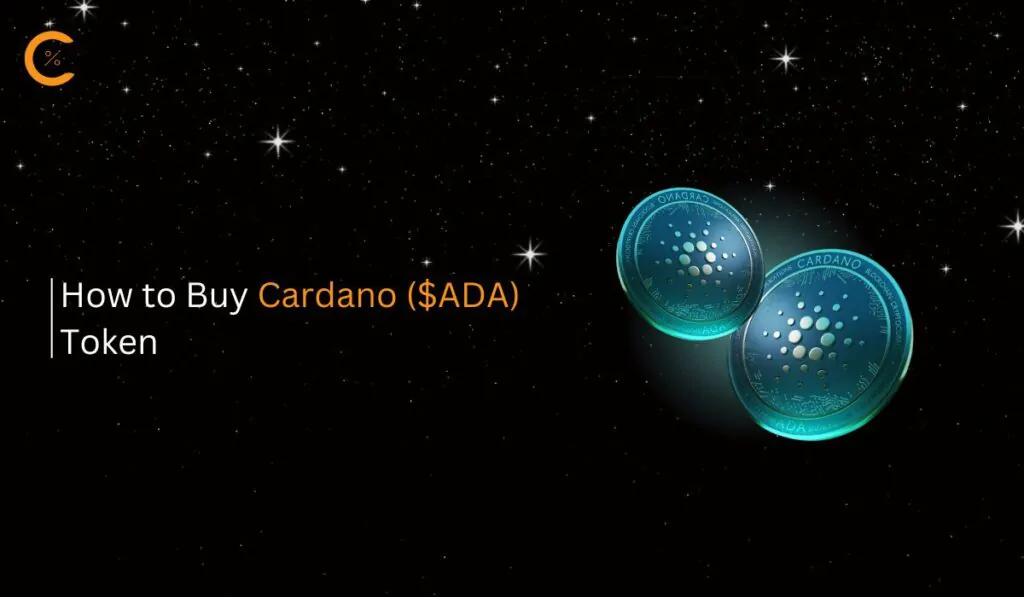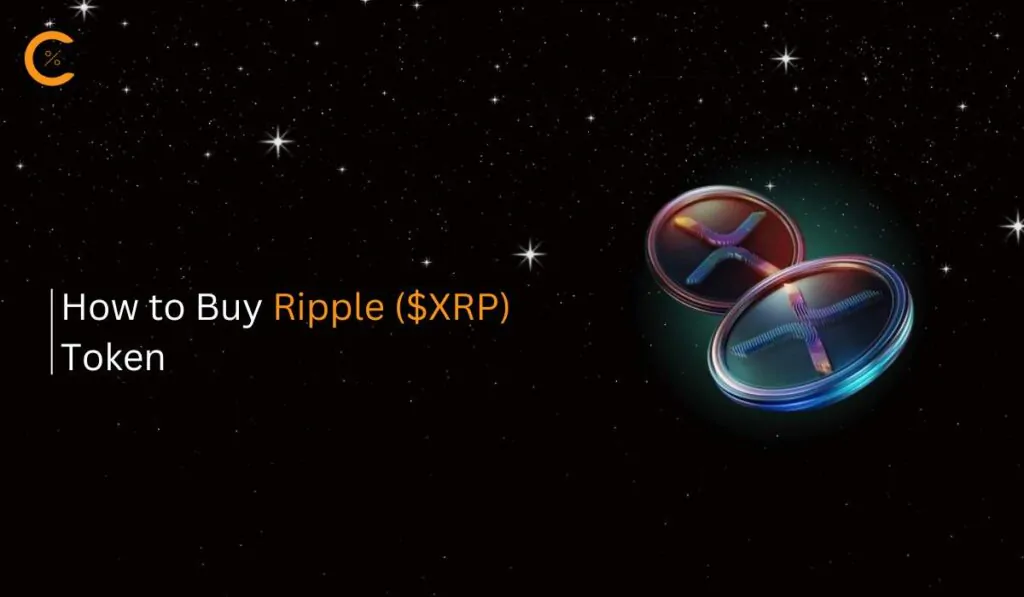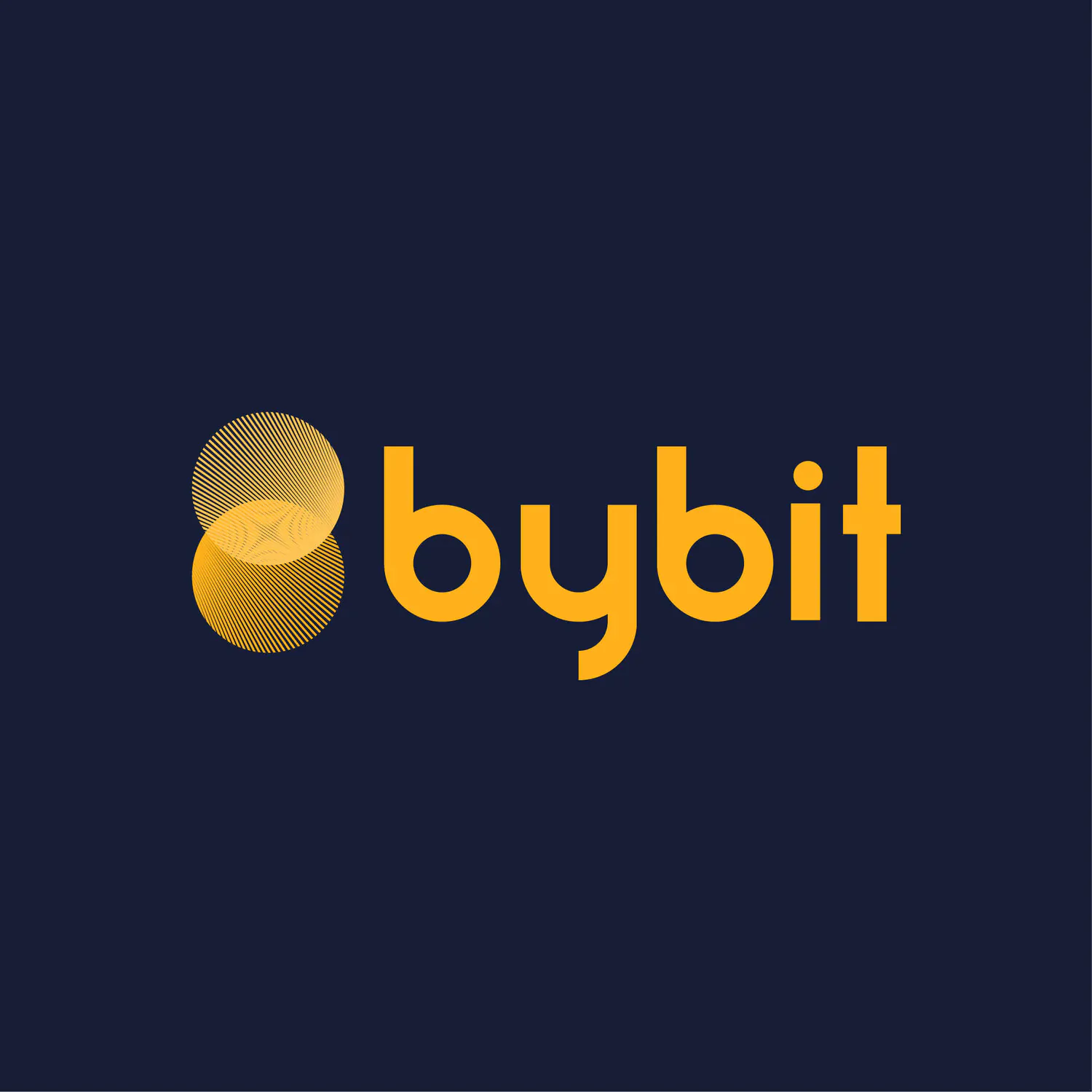NEAR Protocol emerged in 2020 as a prominent player in the blockchain area, bringing in unique features and capabilities that set it apart from its counterparts.
Let’s conduct a brief investigation of the network using its blockchain explorer to uncover what valuable insights it can provide.
Introducing NEAR Blockchain
NEAR Protocol endeavors to rival other smart-contract-based protocols through its emphasis on scalability, developer-friendly environment, and user-centric approach.
Unlike some other networks bogged down by scalability issues and high transaction fees, it boasts a high-performance blockchain capable of processing thousands of operations per second at minimal costs.
Its design emphasizes simplicity and accessibility, making it an ideal platform for decentralized applications (dApps) and Web3 projects seeking to harness the power of blockchain technology.
NEAR blockchain explorer is an indispensable component of the ecosystem, serving as a powerful tool that grants insight into internal network activity.
Understanding Blockchain Explorers
Before delving into the specifics of NEAR exploration, it’s essential to grasp the concept of explorers in general.
Scanners, or explorers, are web-based tools or applications that allow users to look into decentralized networks directly. They provide a user-friendly interface for querying and visualizing on-chain data, making it easier for users to navigate and understand the underlying processes.
From an architectural perspective, these apps typically retrieve data from the blockchain nodes and APIs (Application Programming Interfaces) provided by infrastructure services.
Let’s delve into the functionality of explorers with a specific focus on NEAR Protocol using an exemplary tool.
GetBlock’s NEAR Explorer in Action
GetBlock’s NEAR blockchain explorer offers a multitude of features that highlight the most distinct features of the NEAR protocol.
Conveniently segmented into sections, it unveils essential data with varying levels of detail, catering to diverse informational needs.
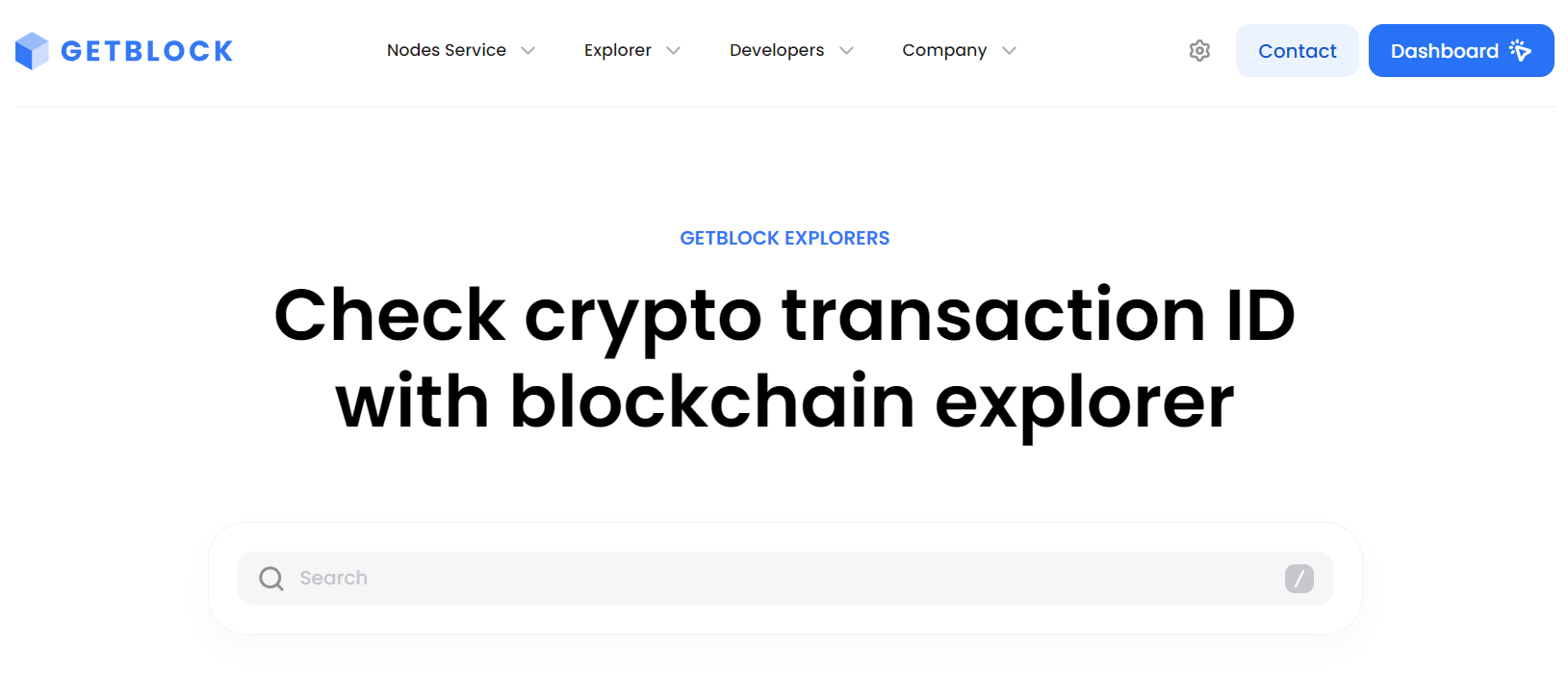
Generalized view
The dashboard provides a snapshot of the network’s vitality, encompassing key statistics such as native token metrics, account activity, current block height, transaction throughput, and other stats crucial for assessing the chain’s health and performance.
Real-Time Updates
The platform offers real-time updates on the latest blocks and operations, allowing users to track the lifecycle of assets and smart contract interactions on the network. Traditionally, it provides detailed transaction information and associated smart contract calls.
Exploring Network Participants
NEAR blockchain explorer is a nice starting point in researching user accounts and the validator landscape.
The “Validators” section provides key statistics and gives an overview of the entities responsible for securing transactions on the network and their contributions to the NEAR Protocol’s security and decentralization.
It lists the top validators, their status, and their respective stakes in NEAR tokens.
Detailed Transaction Data
In addition to traditional transfer details like addresses, gas usage, and block inclusion, it offers a plethora of additional data for every transaction.
The execution plan, allowing users to understand the sequence of operations performed during operation execution, is one of the types of data provided.
Furthermore, the explorer shows detailed receipts with a breakdown of the following details:
- event logs generated during the execution that provide further insights into the underlying processes and interactions within the network;
- predecessor ID, indicating the previous state of the account before the transaction was executed;
- types of action within the transaction, such as a function call or token transfer, gives users clarity on the purpose of each operation;
- arguments passed to the action, encompassing details necessary for executing the transaction. It may include method names, parameters, and other relevant data;
- the outcome of the transaction execution, including any returned values or encountered errors during processing.
In other words, NEAR blockchain explorer plays a crucial role in providing real-time data and insights, allowing users to monitor transactions and developers to retrieve valuable data.
In conclusion
Blockchain explorers in general act as the web portal between users and the network, ensuring transparency and reliability in the cryptocurrency ecosystems. As blockchain technology evolves, these tools will continue to be indispensable for providing users with confidence and trust in the decentralized landscape.

